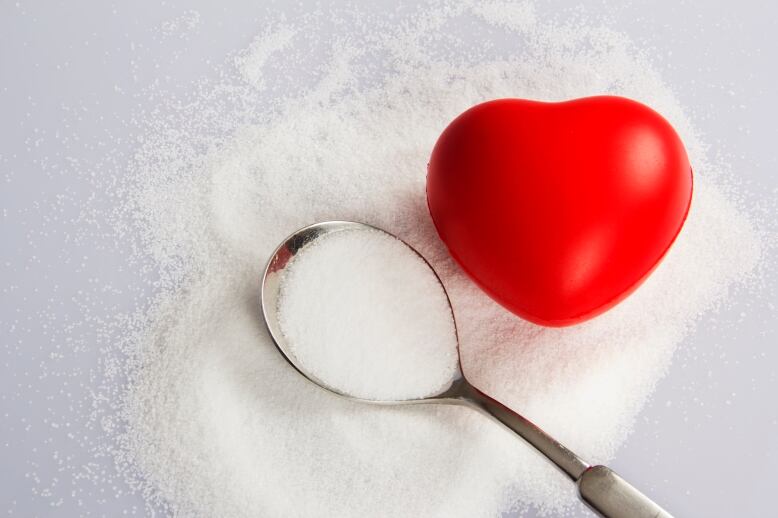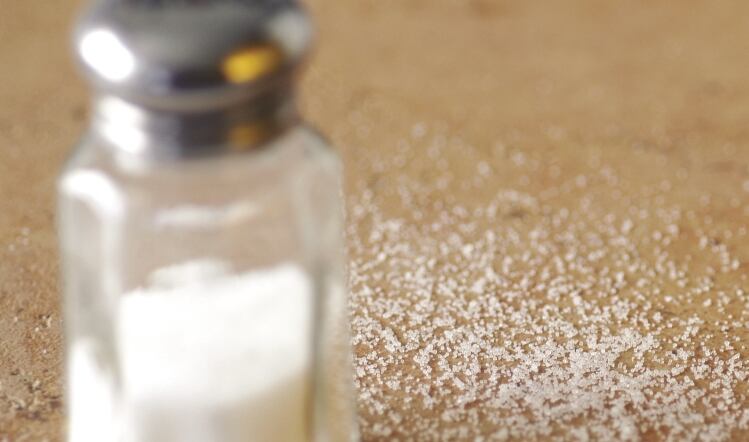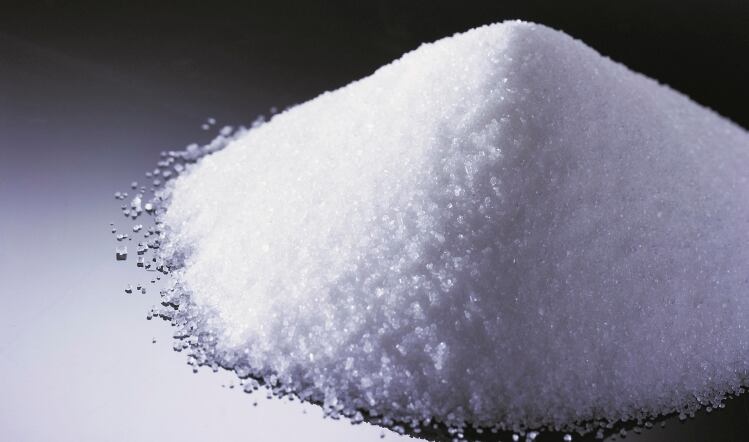Just over half (52%) of all average salt reduction targets set for retailers and manufacturers in 2014 had been met three years later, with retailers (73%) making more progress than manufacturers (37%), PHE said.
The Government pledged to put forward by next Easter “realistic but ambitious goals” to achieve further salt reduction, following the publishing of the PHE report today (19 December).
While recognising there was more to be done, the Food and Drink Federation (FDF) said the report showed its members had “led the way” in reducing salt in food.
However, lobby group Action on Salt claimed the lack of progress made amounted to a “national tragedy”.
The 2017 targets covered 28 food categories for retailers, manufactures and the out of home sector – including restaurants, cafés and pub chains (see b.
Companies were asked to meet average and maximum targets for salt content per 100g, with the maximum targets ranging from 0.13g in canned vegetables to 3.75g in curry pastes.
PHE said the foods covered by the programme provided more than half the salt in the nation’s diet, based on data from the National Diet and Nutrition Survey (NDNS).
Breakfast cereals and baked beans
All average salt targets were met by retailers and manufacturers in nine food categories, including breakfast cereals and baked beans. Meat products, however, met none.
Four-in-five foods (81%) provided by retailers and manufacturers had salt levels at or below the maximum targets set.
In addition to the targets set across the 28 categories for all industry sectors, the out of home sector was also set maximum ‘per-serving’ targets in 11 food categories, including sandwiches, pasta dishes, and children’s meals.
The report found seven-in-10 (71%) foods did not exceed maximum targets, although salt levels were generally higher in out of home products compared to in-home.
Excessive salt consumption is known to cause high blood pressure, which can lead to cardiovascular disease, one of the leading causes of premature death for adults in the UK.
Between 2006–2014, the salt reduction programme helped reduce the nation’s salt intake by 11%, to 8g a day, according to the 2014 NDNS.
PHE was intent on bringing this closer to the recommended 6g a day, to “help prevent thousands of avoidable deaths”.
Public Health Minister Steve Brine said: “While it is encouraging to see the food industry is making progress towards the salt reduction targets we set in 2014, we know there is more to do.
“That’s why we committed to further reducing salt intake in our prevention vision. Next year, we will put forward realistic but ambitious goals and set out details of how we will meet them.”
‘Heart disease and stroke’
Dr Alison Tedstone, chief nutritionist at PHE, added: “Too much salt can lead to increased blood pressure, which can cause heart disease and stroke – two of the biggest killers of adults in the UK – which is why government has set such stretching targets.
“While we have seen some progress, those that have taken little or no action cannot be excused for their inactivity. It is clear that, with the right leadership from industry, further salt reduction in foods continues to be possible.”
Kate Halliwell, FDF head of UK diet and health policy, said: “This report shows the good progress manufacturers have made under the ambitious salt reduction programme, with almost three-quarters of foods falling below the maximum salt targets.
“FDF members have led the way in reducing salt in food. Voluntary action helped to reduce adult intakes by 11% between 2005/6 and 2014. And during the lifetime of the latest salt targets (2012 to 2017) our members have reduced salt by a further 11.4%, continuing to build on more than 15 years of steady reformulation work. This has been done without compromising on taste, quality or safety.”
Professor Graham MacGregor, Chair of Action on Salt, said: “Such poor progress in PHE’s attempt to reduce salt intake is a national tragedy.
“This report confirms what we know already – that voluntary targets need comprehensive monitoring and guidance but this has been completely lacking from PHE.
“As a result, thousands of unnecessary strokes and heart attacks have occurred and billions of pounds wasted by the NHS and tragically more than 4,000 premature deaths per year have occurred.”
While salt reduction has been ongoing since 2006, progress towards meeting food targets was previously self-reported by the food industry. This was the first in-depth assessment using commercial data from PHE.
Salt reduction forms part of PHE’s wider reduction programme that also includes work to reduce sugar and calories in everyday foods.
Key stats
In-home (retailer own-label and manufacturer-branded products)
- Just over half (52%) of all the average salt reduction targets set were met by 2017.
- Retailers made more progress than manufacturers towards achieving average targets, meeting 73% of these, compared with manufacturers meeting 37%.
- For manufacturers and retailers combined, all average targets were met for nine product categories (breakfast cereals, fat spreads, baked beans, pizzas, cakes, pastries, fruit pies and other pastry-based desserts, pasta, quiche, processed potato products, stocks and gravies)
- At least 75% of products in these categories had salt levels at or below maximum targets, with the exception of baked beans.
- Meat products did not meet any average targets, and had 43% of products with salt levels above the maximum target.
- Overall (for retailers and manufacturers combined), where maximum targets were set, 81% of products had salt levels at or below their target (retailers 86%, manufacturers 72%).
Out-of-home
- For the specific out-of-home sector salt targets, only maximum targets were set.
- In five out of 11 categories (breaded/battered chicken, pizza, children’s main meals, beef/chicken/roast main meals and sandwiches) at least 75% of products had salt levels below the maximum per serving target.
- Burgers in a bun and pasta meals had about half of products with salt levels above maximum targets (50% and 48% respectively).
- Overall, 71% of products had salt levels at or below their maximum per serving target.




